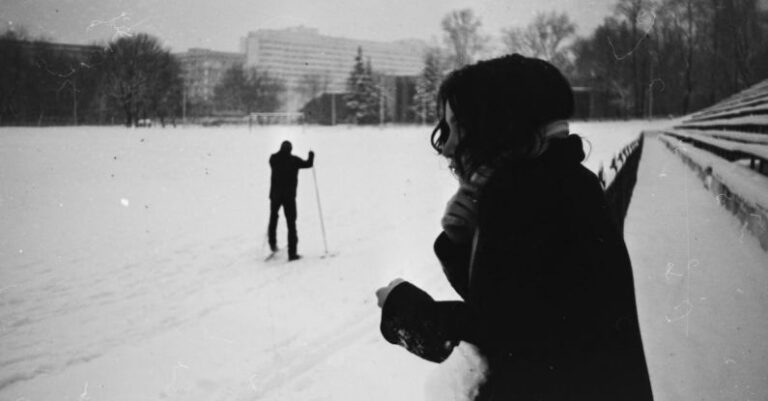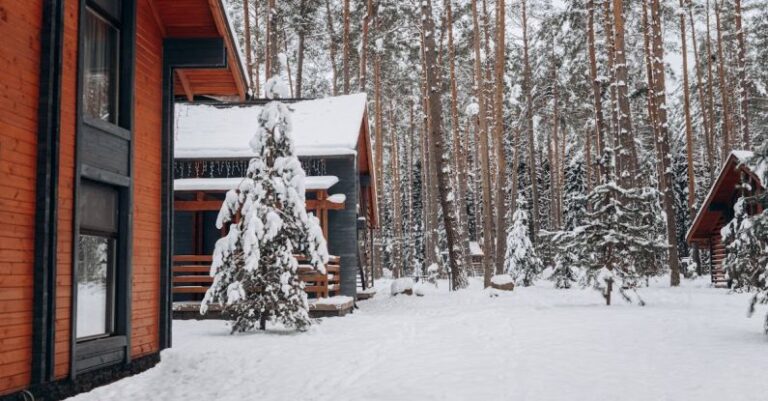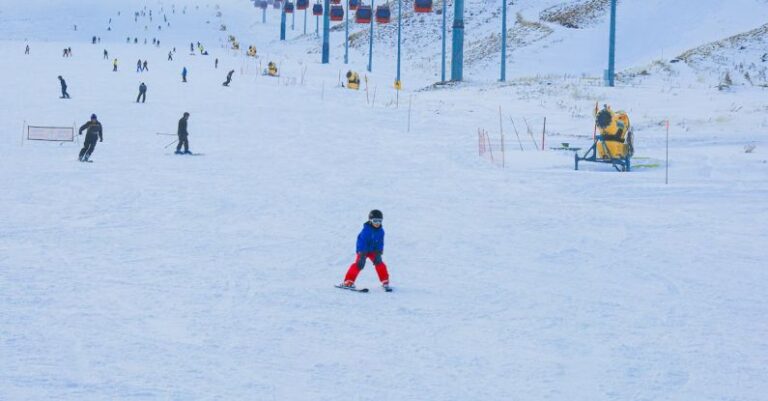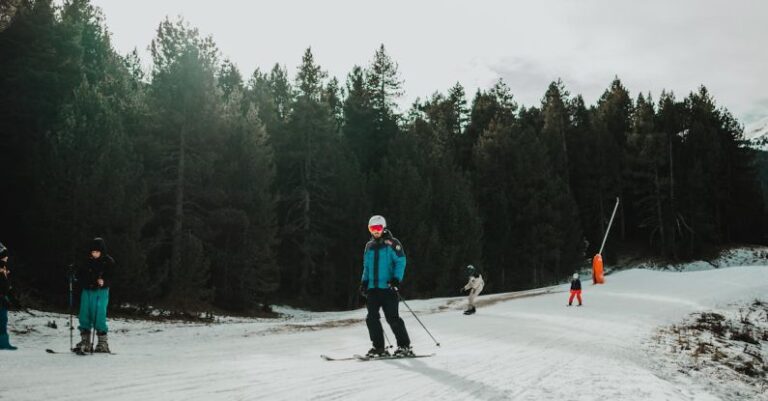
Cross-country skiing is a fantastic way to enjoy the winter months while getting a great workout. Whether you are a beginner looking to try something new or a seasoned skier wanting to improve your skills, getting started with cross-country skiing can be a rewarding experience. In this article, we will explore the essential steps to help you hit the trails with confidence and have an enjoyable time on your skis.
Gear Up
Before hitting the trails, it is crucial to gear up properly. Cross-country skiing requires specific equipment to ensure a safe and enjoyable experience. The essential gear includes cross-country skis, boots, bindings, and poles. Make sure to choose skis that are the right length and style for your skill level and the type of terrain you will be skiing on. Boots should be comfortable and provide good ankle support, while poles should be the correct length to assist with your stride.
Dress for Success
Dressing appropriately for cross-country skiing is key to staying warm and comfortable on the trails. Layering is essential to regulate your body temperature and stay dry. Start with a moisture-wicking base layer to keep sweat away from your skin, add an insulating layer for warmth, and finish off with a waterproof and windproof outer layer to protect against the elements. Don’t forget a hat, gloves, and sunglasses to shield your eyes from the sun and snow glare.
Learn the Techniques
Cross-country skiing involves a different technique than downhill skiing, so it’s essential to learn the basics before hitting the trails. The two main techniques in cross-country skiing are classic and skate skiing. Classic skiing involves a diagonal stride motion, while skate skiing mimics the motion of ice skating. Take a lesson from a certified instructor to learn the proper techniques and improve your skills.
Practice on Flat Terrain
When starting out with cross-country skiing, it’s best to practice on flat terrain to get comfortable with your skis and develop your technique. Find a local park or golf course with groomed trails or a flat open area to practice gliding, turning, and stopping. Focus on your posture, weight distribution, and rhythm to build your skills and confidence before tackling more challenging terrain.
Explore Groomed Trails
Once you feel comfortable on flat terrain, it’s time to explore groomed trails. Groomed trails are specially maintained for cross-country skiing and provide a smooth surface for gliding. Look for local ski areas or parks with groomed trails and varying levels of difficulty to challenge yourself and improve your skills. Skiing on groomed trails will also expose you to different snow conditions and terrain, helping you become a more versatile skier.
Join a Group or Club
Cross-country skiing is a social sport, and joining a group or club can enhance your experience and provide opportunities to meet like-minded skiers. Many ski areas offer group lessons, guided tours, and social events for skiers of all levels. Joining a club can also help you discover new trails, participate in races, and receive tips and advice from experienced skiers. Skiing with others can be motivating and fun, making your cross-country skiing adventures even more enjoyable.
Hit the Trails with Confidence
Now that you’ve geared up, learned the techniques, practiced on flat terrain, explored groomed trails, and joined a group or club, it’s time to hit the trails with confidence. Cross-country skiing is a fantastic way to stay active, enjoy the outdoors, and connect with nature during the winter months. Remember to start slow, set realistic goals, and have fun on your skiing journey. Whether you’re gliding through snowy forests or racing with friends, cross-country skiing offers a unique and rewarding experience for skiers of all levels. So grab your skis, hit the trails, and enjoy the beauty of winter on cross-country skis.





